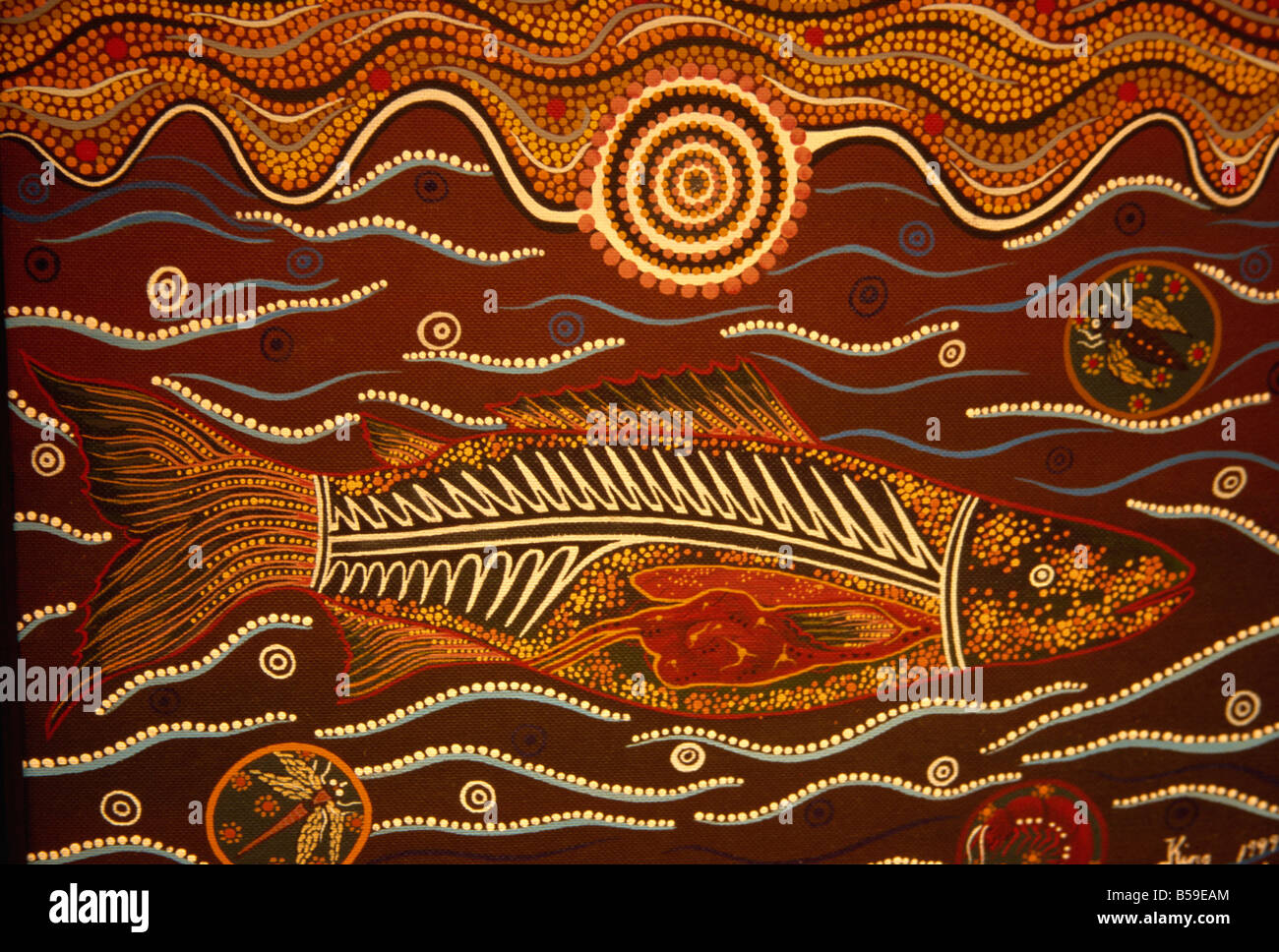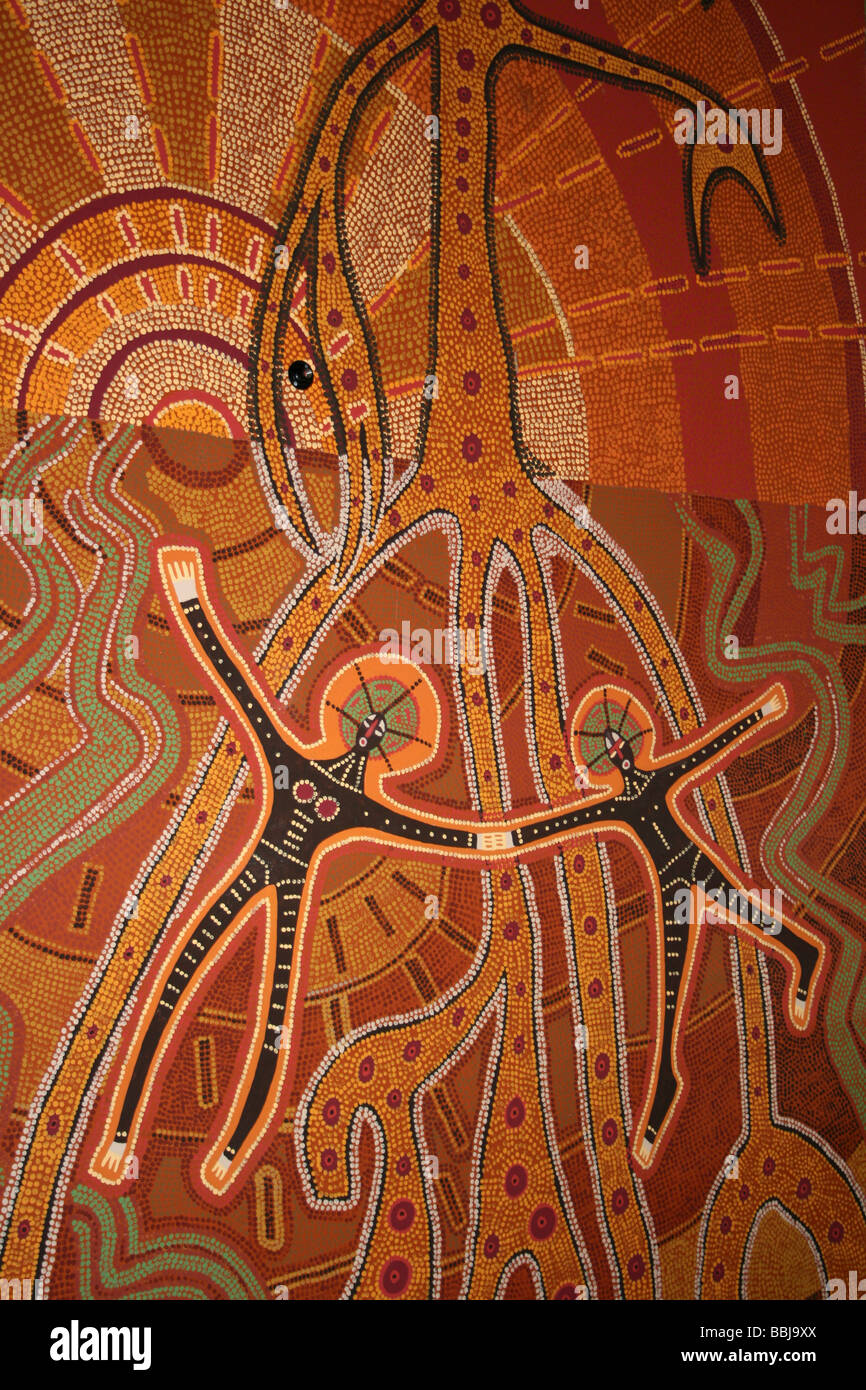Beyond the Past: The Dreamtime as a Timeless Dimension in Aboriginal Culture
Beyond the Past: The Dreamtime as a Timeless Dimension in Aboriginal Culture

The Aboriginal Dreamtime, often referred to as "The Dreaming," is a profound concept that transcends the limitations of linear time. It’s not merely a historical period, but a vibrant, ever-present dimension that intertwines with the present and future, shaping the lives and worldview of Indigenous Australians. Understanding the Dreamtime requires a shift in perspective, moving beyond Western notions of time as a linear progression and embracing a cyclical, interconnected understanding of existence.
The Dreamtime: A Tapestry Woven Through Time
Related Articles: Beyond the Past: The Dreamtime as a Timeless Dimension in Aboriginal Culture
- The Whispers Of Creation: Unpacking The Sacred Instructions Of Australia’s First Peoples
- A Verdant Bounty: Exploring The Green Fruits Native To Australia
- Brisbane’s Hidden History: Unveiling The Jagera And Turrbal Legacy
- Unraveling The Significance Of Aboriginal Totems: A Journey Into Ancient Wisdom
- The Heart Of The Continent: Native Tribes Of Central Australia In 1899
Imagine a vast, intricate tapestry, where threads of the past, present, and future are interwoven, creating a rich, multifaceted picture. This is the essence of the Dreamtime. It’s a realm where ancestral beings, known as "Ancestral Spirits," roamed the land, shaping the landscape, creating life, and establishing the laws and traditions that govern Aboriginal societies. These beings didn’t simply exist in a distant past; their actions and presence continue to resonate in the present, influencing everything from cultural practices and social structures to the very landscape itself.
The Dreamtime is not a singular event or a specific period; it’s an ongoing process, a living, breathing entity that pulsates through the present. Every rock formation, every river, every animal species carries within it the imprint of the Ancestral Spirits’ journey, their actions, and their stories. These stories, passed down through generations, are not mere historical accounts; they are living narratives that guide Aboriginal people in their understanding of the world and their place within it.
Beyond Linear Time: Embracing a Cyclical Perspective
Western culture often perceives time as a straight line, moving relentlessly from the past to the present and into the future. The Dreamtime, however, offers a different perspective, one that recognizes the cyclical nature of time. It’s a concept where the past, present, and future are not separate entities, but rather interconnected threads woven into a single, continuous fabric.
This cyclical understanding of time is reflected in many Aboriginal rituals and practices. The seasons, for example, are not just arbitrary periods; they are linked to specific Dreamtime stories and the actions of the Ancestral Spirits. The cycle of birth, death, and rebirth, a fundamental aspect of life, is also deeply intertwined with the Dreamtime, providing a sense of continuity and connection to the ancestral world.
The Dreamtime: A Living Guide for Today
The Dreamtime is not merely a historical relic or a nostalgic memory; it’s a living guide for navigating the present and shaping the future. It provides a framework for understanding the world, a moral compass, and a source of strength and identity.
The stories of the Dreamtime offer profound insights into the interconnectedness of all living things, the importance of respecting the environment, and the responsibility to care for the land and its resources. They also emphasize the importance of community, sharing, and maintaining harmony within the natural world.

The Dreamtime: A Source of Resilience and Adaptation
For Aboriginal people, the Dreamtime has been a source of resilience in the face of challenges, from the harsh realities of the Australian landscape to the profound impact of colonization. It’s a source of cultural identity, a reminder of their deep connection to the land and their ancestors, and a beacon of hope for the future.
The Dreamtime offers a powerful lens through which to view the world, one that transcends the limitations of linear time and embraces the interconnectedness of all things. It’s a reminder that the past is not merely a distant memory, but a living presence that shapes the present and guides the future.
FAQ: Understanding the Dreamtime
1. What is the Dreamtime?

The Dreamtime, or The Dreaming, is a fundamental concept in Aboriginal Australian culture. It’s not a specific period in the past but a timeless dimension that encompasses the past, present, and future. It’s a realm where Ancestral Spirits created the land, established traditions, and continue to influence the lives of Aboriginal people today.
2. What are Ancestral Spirits?
Ancestral Spirits are mythical beings who, according to Aboriginal beliefs, roamed the land during the Dreamtime. They are responsible for shaping the landscape, creating life, and establishing the laws and traditions that govern Aboriginal societies.
3. How is the Dreamtime relevant today?
The Dreamtime is not just a historical concept; it’s a living, breathing entity that continues to shape the lives of Aboriginal people today. It provides a framework for understanding the world, a moral compass, and a source of strength and identity.

4. How does the Dreamtime relate to the environment?
The Dreamtime is deeply intertwined with the environment. The stories of the Dreamtime tell of the Ancestral Spirits’ journeys and their interactions with the land, explaining the formation of mountains, rivers, and other natural features. The stories also emphasize the importance of respecting the environment and living in harmony with nature.
5. What are some examples of Dreamtime stories?
There are countless Dreamtime stories, each specific to a particular region or clan. Some well-known stories include the Rainbow Serpent, who is believed to have created rivers and waterholes; the Seven Sisters, who represent the Pleiades star cluster; and the creation of the first humans by the Ancestral Spirits.
6. How does the Dreamtime relate to Aboriginal art?
Aboriginal art is often a visual representation of Dreamtime stories. The paintings, carvings, and other art forms depict the journeys of the Ancestral Spirits, the creation of the land, and other important aspects of the Dreamtime.
7. What are some of the challenges facing the Dreamtime?
The Dreamtime is facing challenges due to colonization, cultural assimilation, and the loss of traditional knowledge. However, there is a growing movement to revitalize and protect the Dreamtime, through education, cultural programs, and the preservation of traditional practices.
8. How can I learn more about the Dreamtime?
You can learn more about the Dreamtime by reading books, visiting Aboriginal cultural centers, attending traditional ceremonies, and listening to stories from Aboriginal elders. It’s important to approach the Dreamtime with respect and humility, recognizing its profound significance in Aboriginal culture.
**

Closure
Thus, we hope this article has provided valuable insights into Beyond the Past: The Dreamtime as a Timeless Dimension in Aboriginal Culture. We hope you find this article informative and beneficial. See you in our next article!


